Le Grand K
The former global standard for the exact mass of one kilogram sits under lock and key outside Paris.
From 1889 to 2019, the mass of a kilogram was defined by an object known as the international prototype kilogram (IPK) or, less formally, Le Grand K. A kilogram was a kilogram because of this object: a platinum alloy cylinder that sits in a vault on the outskirts of Paris.
Le Grand K is located in an environmentally monitored safe in a lower vault in the basement of the International Bureau of Weights and Measures in Sèvres, Paris. Housed under three bell jars, access to this precious cylinder requires three keys, operated independently, of which only two are kept in France.
Since its creation in 1889 (it was forged in London before being taken to France), the cylinder has only been removed from its secure housing once every 40 years. This rare appearance only occurs so that its mass can be checked against sister copies, which are housed in locations across the globe. It’s a delicate process, as hydrocarbons on fingertips or moisture in the air could contaminate the original’s pristine surface, potentially causing tiny changes in mass to the world’s definition of a kilo.
But the original international prototype kilogram, by its very definition, could not change mass even if was subject to particulate change over time. It was, after all, the official kilogram, and therefore its mass was always one kilogram, even if it actually gains or loses mass. Its sister copies, however, are subject to measurable change in comparison to the original.
Over the past century, the trend for most sister copies has been to gain mass relative to the original by varying amounts, although these amounts are unimaginably tiny. On average, the gain is around 50 micrograms (millionths of a gram) over 100 years. It’s possible, of course, that the original was losing mass relative to its copies, or that it’s a combination of both. Either way, it’s no great cause for concern for most of us, as the change in mass is roughly the weight of a fly’s wing.
Still, for the men and women whose job it is to control and define these things, even the weight of a fly’s wing is an unacceptable change. Something had to be done. A move was made to change how the kilogram is defined. And this is where it all gets very complicated.
Rather than rely on a platinum cylinder in a bell jar in Paris, eggheads in the world of measurements decided to anchor the future kilogram to Planck’s constant. This is a fixed quantity tied in with E=MC2 and quantum theory, specifying the amount of energy carried by a single particle of light, or photon. And that’s just the most extremely simplified version.
All this was carried out under the watchful eye of the General Conference on Weights and Measures (CGPM) and an international task force known as the Committee on Data for Science and Technology (CODATA) Task Group on Fundamental Constants (TGFC). Together, they came up with a value to redefine the kilogram in terms of the fundamental constants of nature.
Update 2019: Le Grand K is no longer used to define a kilogram.
Know Before You Go
The International Bureau of Weights and Measures is situated in the Parc de Saint-Cloud, at Sèvres, in the suburbs southwest of Paris. You can get there by taking Metro line 9 to Pont-de-Sèvres, then bus number 171, 169, 179 or 426 to the second stop, Parc de Saint-Cloud. Visiting hours are not published, so you should email in advance to see if you can arrange a visit. A replica of the International Prototype Kilogram is on display at the Cité des Sciences et de l’Industrie (Science and Industry Museum) in Paris.
Community Contributors
Added by
Edited by
Plan Your Trip
The Atlas Obscura Podcast is Back!


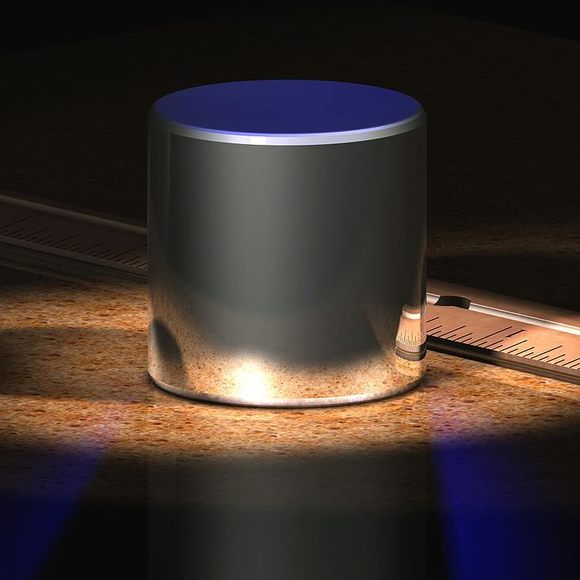

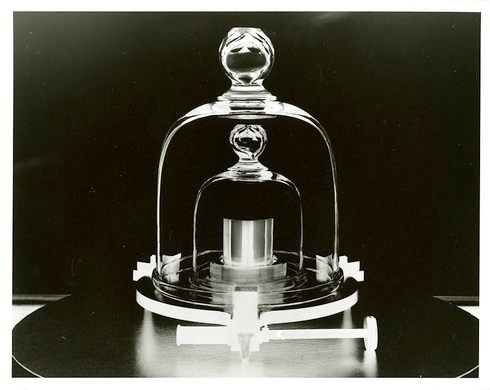
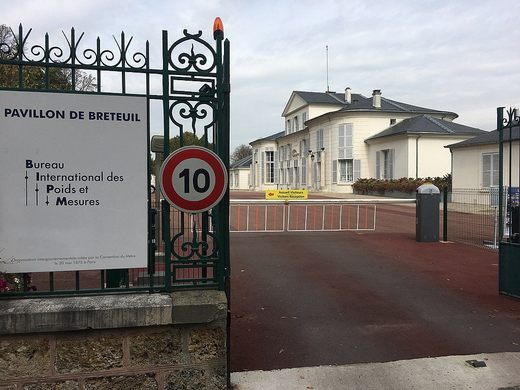
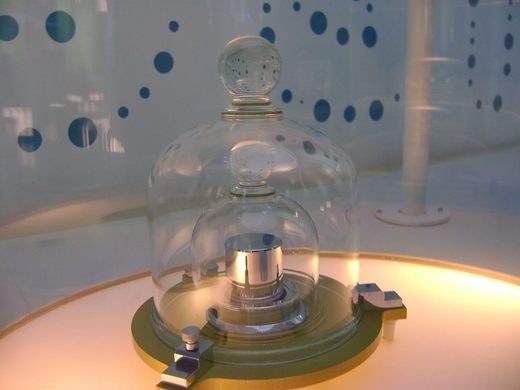
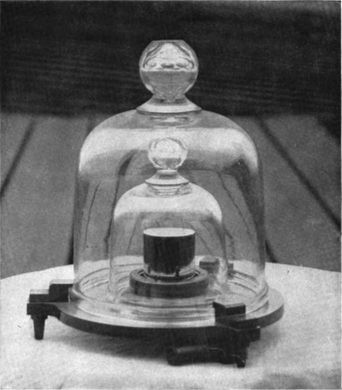


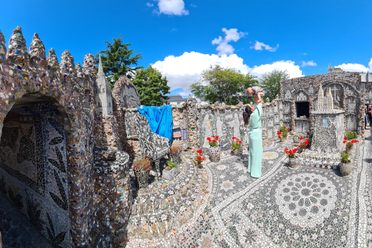




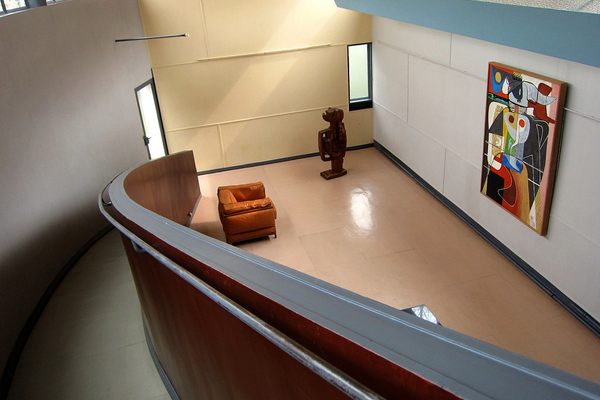
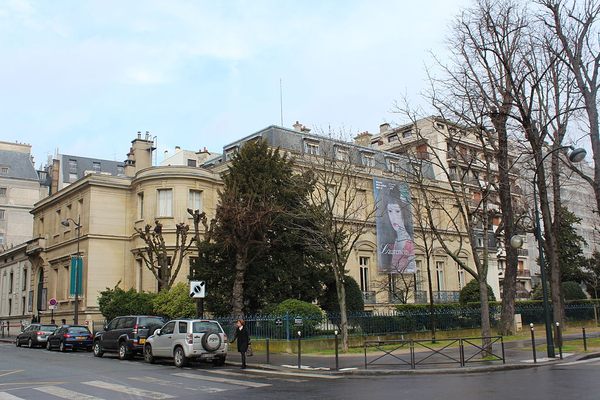

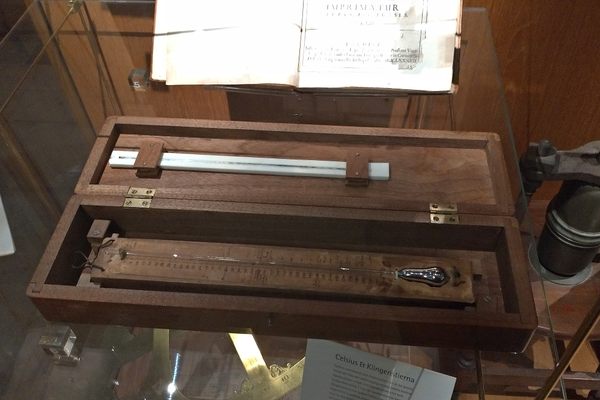

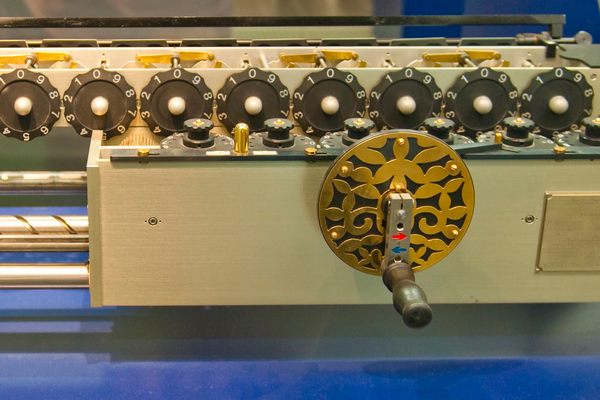

Follow us on Twitter to get the latest on the world's hidden wonders.
Like us on Facebook to get the latest on the world's hidden wonders.
Follow us on Twitter Like us on Facebook